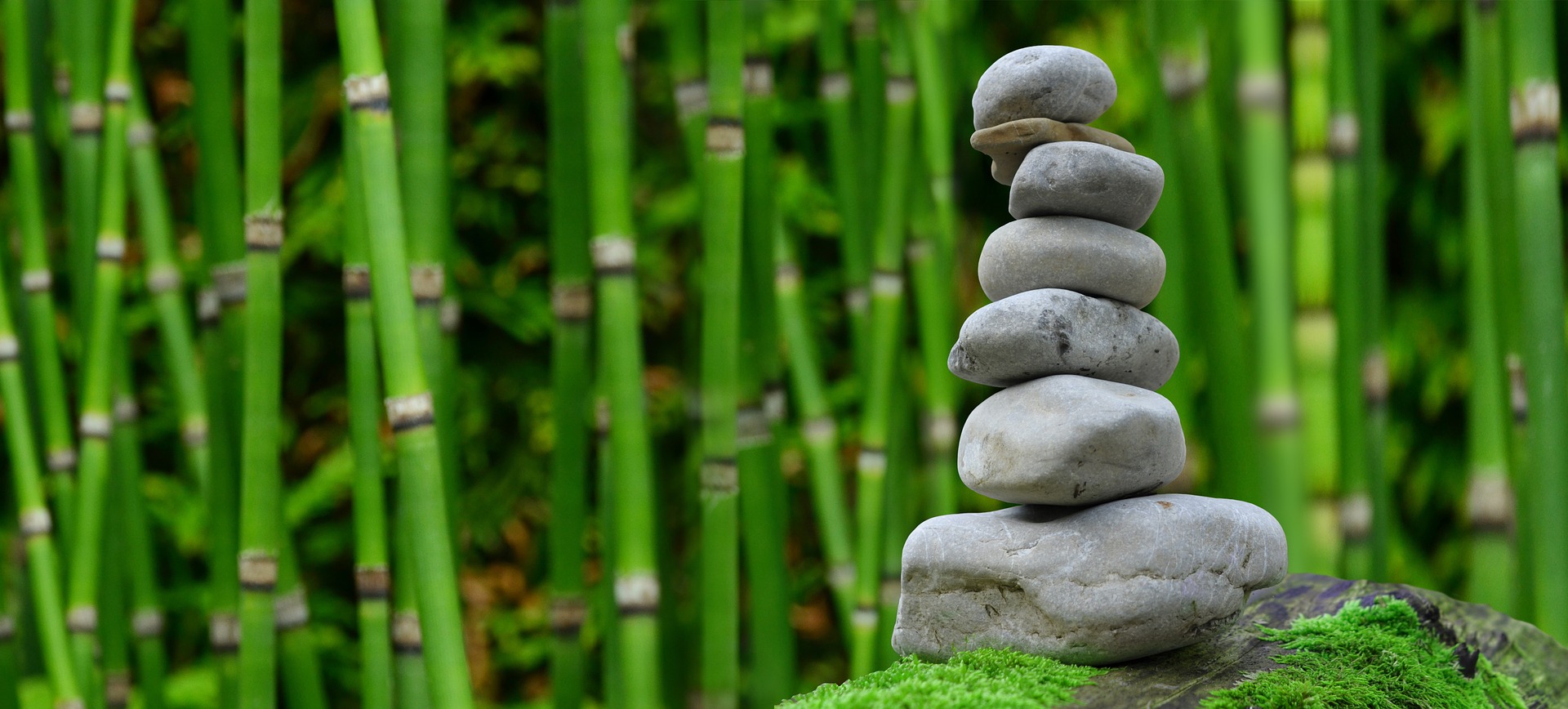Qigong and the Art of Slowing Down
September 1, 2009, by Rizaro
Filed under Health News
Many of the health problems that we face in the west may be attributed to lifestyle choices. We are far too often filling our days with work and leave little time for reflection, meditation, or generally slowing down. Many eastern philosophies have long valued the art of slowing down. Americans would be wise to take note of the health benefits both physical and mental that come from this art.
There are many different ways that one can effectively slow down in Eastern philosophy. Tai Chi is very well known as a practice that emphasizes slow movements with the body as well as a meditative element. Slightly less known, but still very popular is the Chinese meditative practice called Qigong. This is an internal discipline that uses slow graceful movements (and sometimes breathing techniques) to promote the circulation of “qi” or “life force” in the human body. It is thought to enhance the practitioner’s overall health. Although it is often confused with Tai Chi or martial arts, it is actually very popular. There are 200 million people that practice Qigong and it has over 10,000 different styles.
The art of Qigong offers many different benefits. The most popular reasons that practitioners begin practicing are to gain strength or improve health, to gain skill working with qi to become a healer and to become more connected with “Tao” or God for a more meaningful connection with nature and the universe.
The root word “Qi” in Qigong means “air” in Chinese. “Gong” means discipline or skill. The combination of the two suggests that the meaning could, therefore, be breath or energy skill.
Many claims that Qigong provides incredible benefits to health through stress reduction and exercise. Others take it further to suggest that a metaphysical effect results from qigong, allowing the practitioner to feel vibrations or electrical currents through “meridians” in the body. Many claim it has a powerful effect in pain reduction or elimination.
While uncertainty persists regarding some of the spiritual aspects of qigong, it is undoubtedly a great way to relieve stress and to slow down. It increases mental health and the strength of joints while allowing the practitioner a chance to focus on breathing. Proper breathing is one of the best ways to promote health and well being.
Qigong can help practitioners to learn diaphragmatic breathing, which can be very helpful in combating stress. It is also a great way to improve muscle tone because it focuses on slow movements and postures that build lean muscle. While there is still uncertainty about its scientific effect on the human body, it is widely regarded as an excellent way to stretch and warm-up to the day. It is very often practiced in large groups so it can be particularly socially conducive as well.
Qigong promotes lean muscle growth so it is best to fuel the body with plenty of lean protein. Whey protein is an excellent source to assist any practitioner of qigong because it contains 90% protein and is a byproduct of dairy so it is very easy to digest. Take a minute to slow down and you’ll be surprised by how much better you feel inside and out.
